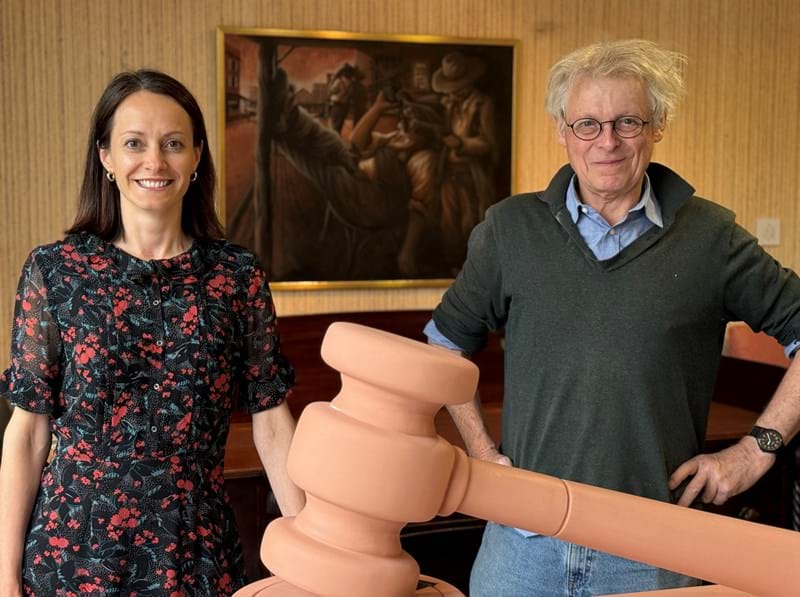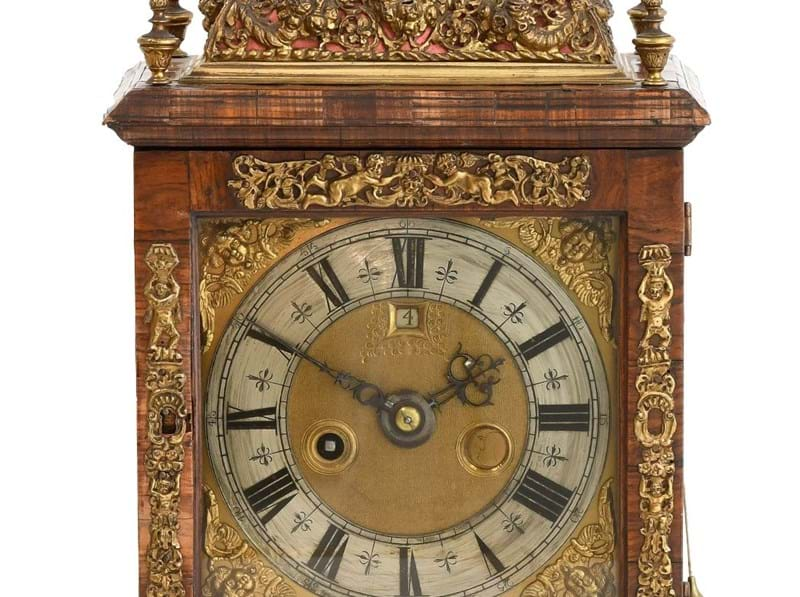Pilkington’s Tile and Pottery Company produced high quality, innovative and decorative pottery, flourishing during the last years of the 19th century and opening decades of the 20th century. Today, they are best remembered for their distinctive Royal Lancastrian range of elaborately decorated lustreware which is much prized by collectors today.
News & Insights
Pilkington's Royal Lancastrian
The company was founded in Clifton on the outskirts of Manchester by the Pilkington family, who discovered a seam of clay when a two new shafts being sunk at their colliery hit a fault and flooded. Initially thinking they would make use of the clay by making bricks, they instead began making decorative tiles which were much in demand at the time. By happy accident, the Pilkington brothers met William Burton, a chemist working for Wedgwood. Burton was soon appointed manager, and a state-of-the-art pottery was built in Clifton in 1891. Using his connections in the Staffordshire potteries, Burton brought on board skilled craftsmen and influential designers.
This was an age of scientific advances, and technical experimentation in glazes began at the pottery under the leadership of Burton. They produced a range of new glazes over the years in a myriad of colours and textures, but it is their opalescent lustre glaze developed in 1903 for which they are best remembered. This new glaze was called ‘Lancastrian’ as a tribute to their origins outside of the stronghold of the Staffordshire potteries. Drawing heavily on Classical and Medieval designs, heavy weight designers of the day such as Walter Crane, C.F.A. Voysey and Lewis Day as well as the pottery’s own in-house designers such as William S Mycock, Richard Joyce and Gordon Forsyth created a range of designs incorporating Latin inscriptions, mythical and heraldic beasts, gods, and ships. Elaborate, gilded and highly decorative the Lancastrian range became much sought after. The renown was sealed when they were awarded a Royal Warrant in 1913 after King George V and Queen Mary discovered their wares at the home of Lord Derby. Thereafter, the range was renamed Royal Lancastrian.
Creating fine pottery with experimental glazes was highly technical and production costs were high. Indeed, one large Royal Lancastrian pot could cost a month’s wages for the average worker. Their wares were popular amongst the burgeoning middle classes, and twinned with good publicity at exhibitions in London the firm went from strength to strength in the early 20th century. However, rising production costs and economic woes associated with the First World War led to a dramatic drop in sales. The firm struggled on producing art pottery with limited financial success until 1938; despite a brief resurgence in the middle of the 20th century Pilkington’s never replicated its glory days exemplified by their Royal Lancastrian wares.
At auction today the most highly sought after pieces are the technical and fine lustreware pots, designed by the likes of William S Mycock, Walter Crane and Richard Joyce, which don’t appear on the market with a great deal of frequency. However, an interesting private collection of Pilkington’s Royal Lancastrian will be coming up for auction at Tennants Auctioneers on 7th October, which will include lustreware, tiles and examples of some of their most experimental glazes.

Diane Sinnott
BA (Hons) MRICS
20th Century Design Specialist, General Valuer
+ 44 (0) 1969 623780
diane.sinnott@tennants-ltd.co.uk
< Back to News

23rd July 2025, 10:30
Plan your visit to our Leyburn Head Office and Salerooms, or our Harrogate and London Offices
Get your antiques and collectables valued by our team of specialists.















